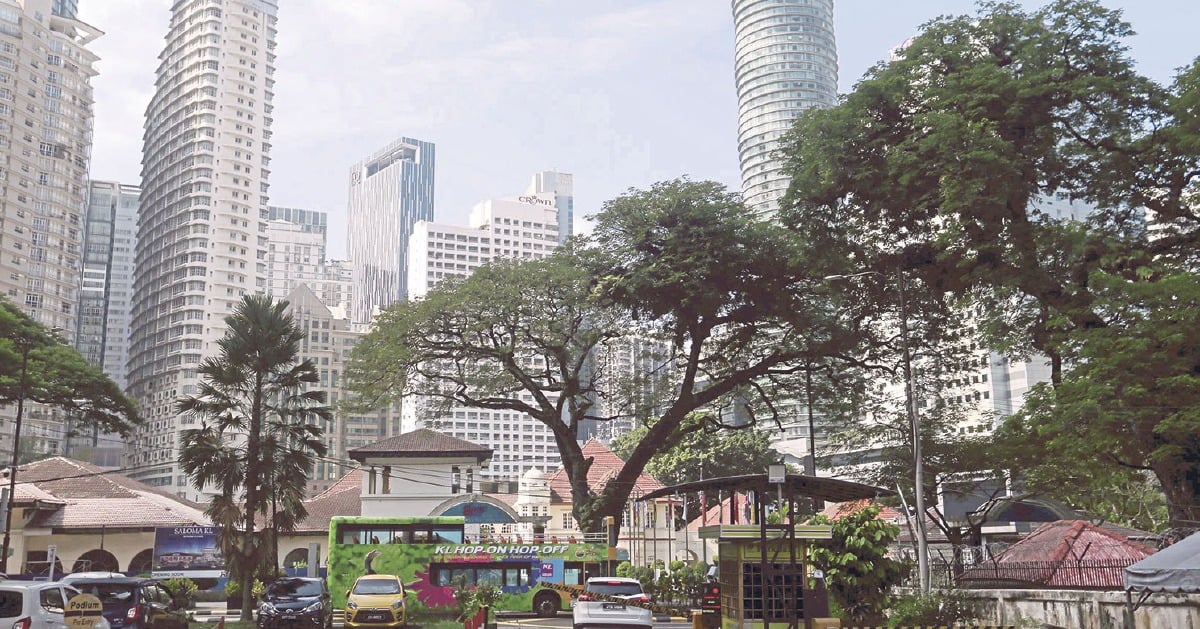LETTERS: A falling tree killing a motorist and injuring pedestrians during a storm in Kuala Lumpur on May 7 serves as a stark reminder of the challenges surrounding Malaysia’s trees.
Trees play a critical role in our lives. They’re more than just beautiful additions to our landscapes. They are the lungs of our nation, filtering pollutants and releasing oxygen.
They provide homes for countless species, forming the foundation of our ecosystems.
Trees also play a crucial role in regulating our climate, absorbing carbon dioxide and mitigating the effects of global warming.
However, news reports paint a grim picture: deforestation rates are soaring, with projections suggesting a significant loss of natural forest cover in the coming years.
The consequences of deforestation extend far beyond the loss of trees.
The complex network of roots plays a vital role in soil health and stability. Extensive root systems act like anchors, binding soil particles and preventing erosion.
When these roots are lost due to deforestation, the soil becomes vulnerable.
Forests act like giant sponges, absorbing rainwater and allowing it to slowly infiltrate the ground.
Without the canopy cover, heavy rainfall hits the bare soil directly, increasing surface runoff.
This flow of water carries away topsoil, leaving behind infertile land.
Trees act as windbreaks, shielding the soil from the erosive force of wind. Deforestation exposes the land to stronger winds, accelerating soil erosion.
Forests are teeming with life, with a constant cycle of decomposition adding organic matter to the soil.
This organic matter acts like a natural glue, binding soil particles and improving its water-retention capacity.
The threat isn’t just out there in the jungles.
In cities, the very trees that provide shade and a sense of serenity are becoming a growing concern.
Experts warn that limited space for root growth and the selection of unsuitable tree species are contributing factors to the rise in falling trees during storms.
Imagine a tree with a massive root system crammed into a small, paved-over area. As the roots grow, they encounter concrete and asphalt, unable to spread outwards in search of water and nutrients.
This can cause the roots to push upwards, damaging sidewalks and even foundations.
Furthermore, choosing tree species with shallow root systems for confined urban spaces can make them more susceptible to toppling over during strong winds.
The solution lies in a collaborative effort between the government and the public.
Crucial steps include implementing stricter regulations on logging and investing in sustainable forestry practices.
Conservation efforts must be prioritised, and alternative economic drivers, such as eco-tourism, should be explored to lessen our dependence on resource extraction.
A plan for urban trees should encompass health assessments, selection and planting of suitable species with ample root space in designated areas, and public education campaigns on tree care.
We can also support organisations dedicated to rainforest protection and raise our voices against unsustainable development practices.
If you own a garden, choose native species and ensure proper planting techniques for healthy growth, promoting a deep and healthy root system.
Finally, report any concerns about the health or placement of trees in your neighbourhood to the authorities.
This isn’t just about aesthetics. It’s about safeguarding our future. Trees are the silent guardians of our environment, and our inaction has consequences.
Deforestation disrupts the delicate balance of our ecosystems, while poorly managed urban trees pose a threat to public safety.
TAN SRI LEE LAM THYE
Kuala Lumpur
The views expressed in this article are the author’s own and do not necessarily reflect those of the New Straits Times
© New Straits Times Press (M) Bhd

